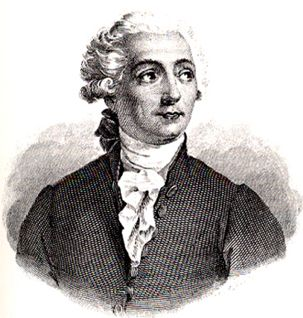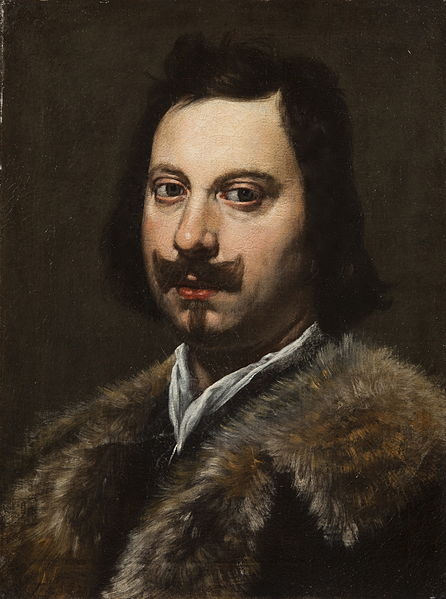Respiration is one of the most basic processes in any living being. It provides the body of a living thing with oxygen used to generate energy for the body. In this article, we are going to dive deep into the mechanism of respiration and know how this process is taking place in our body.
Respiration follows a mechanism through which oxygen is absorbed into the body. This mechanism consists of two main processes one of which is physical and the other chemical.
Due to this, the mechanism is split into two parts:
- External breathing
- Internal breathing (or) respiration
Index
History
The actual history of the mechanism of respiration dates back to 6th century B.C. when the Greeks first thought of a substance called pneuma meaning breath or soul, which was essential for life.
Much later in the 17th century much knowledge about the respiratory gases was gained. That could only happen through the efforts of Torricelli who discovered the origin of atmospheric pressure, and a group of physiologists at Oxford who gave clarity about the gases involved in respiration which are essential for life.
Later Lavoisier clearly explained about oxygen, carbon dioxide and nitrogen and their nature as respiratory gases. In the late 19th century Pfluger resolved the issue of whether the inspired oxygen was consumed in the lung itself or in the cells and tissues to carry out metabolic processes.
Mechanism of Respiration Explained
The mechanism of respiration can be categorized into two parts.
- Breathing
- Respiration
The mechanism of respiration in all living organisms is almost the same, although some processes may be absent or the organs and mechanisms used for the processes may be different. The fundamental mechanism does not change.
For example, fish use gills for gas exchange, frogs use skin and lungs, birds also use lungs but they do not have a diaphragm so they use air sacs, turtles use their mouth or cloaca which are supplied with a lot of blood.
In some of the examples given above, the exchange of gases does not have a breathing process involved before it, like when frogs use their skin.
Here humans are taken as a reference to describe the various processes involved in the mechanism of respiration.
Breathing
Breathing is the process of taking in air from the atmosphere and then releasing it back out into it. This consists of two processes,
- Inspiration
- Expiration
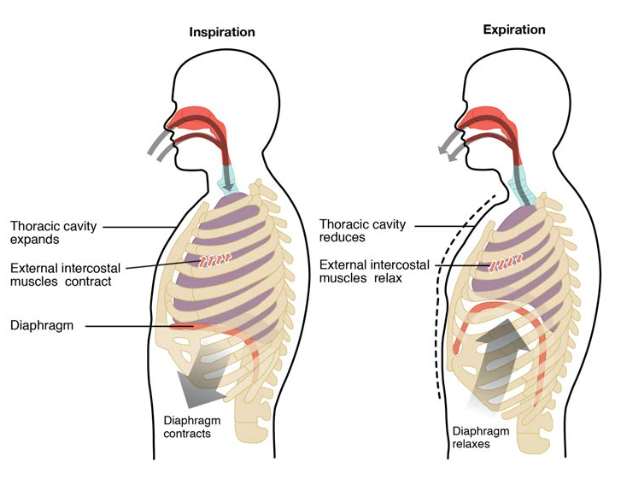
Inspiration
Inspiration is the process through which oxygen-rich air is taken into lungs, this occurs due to the pressure difference between the external atmosphere and lungs. The pressure difference arises when the diaphragm contracts, which increases the volume of the lungs.
Expiration
Carbon dioxide generated after the respiration process is released into the atmosphere through expiration. When the contracted diaphragm in the inspiration phase relaxes, the volume of lungs decreases and carbon dioxide-rich air present in them is expelled into the atmosphere.
Respiration
Respiration is the process of transporting oxygen to tissues in the body and using the transported oxygen to break down glucose to make energy.
It consists of mainly three parts,
- External respiration (or) exchange of gases
- Transportation of oxygen
- Internal (or) cellular respiration
- Transport of carbon dioxide
External Respiration
After the inspiration process, air present in the lungs is dissolved into the blood from microscopic sac-like structures called alveoli; this process is called external respiration or exchange of gases. Alveoli are supplied with a high amount of blood, and the exchange of oxygen takes place on their surface.
The exchange of oxygen takes place through diffusion, which occurs due to the difference in the partial pressures of atmospheric oxygen and oxygen dissolved in the blood. The exchange of carbon dioxide also takes place simultaneously with that of oxygen by the same process of diffusion.
The difference in partial pressures of oxygen in the lungs and oxygen in the blood is around 64 mm Hg whereas, the difference in partial pressure between carbon dioxide in the blood and that in the lungs is about 5 mm Hg.
The high partial pressure difference between oxygen in the lungs and blood causes its diffusion, and to maintain the equilibrium carbon dioxide is also diffused from blood to lungs.
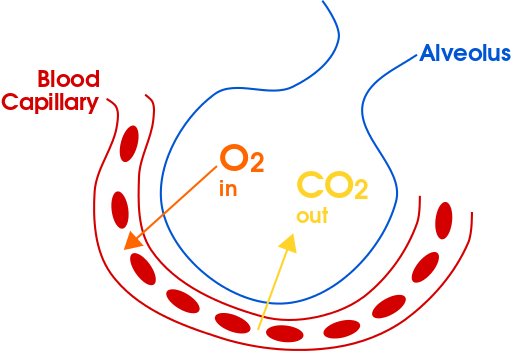
Transport of Oxygen
Oxygen dissolved in the blood needs to be absorbed by the tissues, for this to happen it needs to be transported to them.
Oxygen can be transported throughout the body by two means,
- Plasma
- RBC
Transportation Through Plasma
Oxygen is transported by dissolving the water present in plasma. But as the solubility of oxygen is less in water only around 3% of oxygen is transported through plasma.
Transportation Through RBC
Almost 97% of oxygen is transported through RBCs. The haemoglobin present in them has a high affinity for oxygen, due to which they combine to form oxyhaemoglobin. Each haemoglobin molecule can combine with 4 oxygen molecules.
\(4Hb + 4O_2 \rightarrow Hb_4O_8 \, (\text{oxyhaemoglobin})\)Oxyhaemoglobin is very unstable, so it dissociates easily when it reaches the tissues.
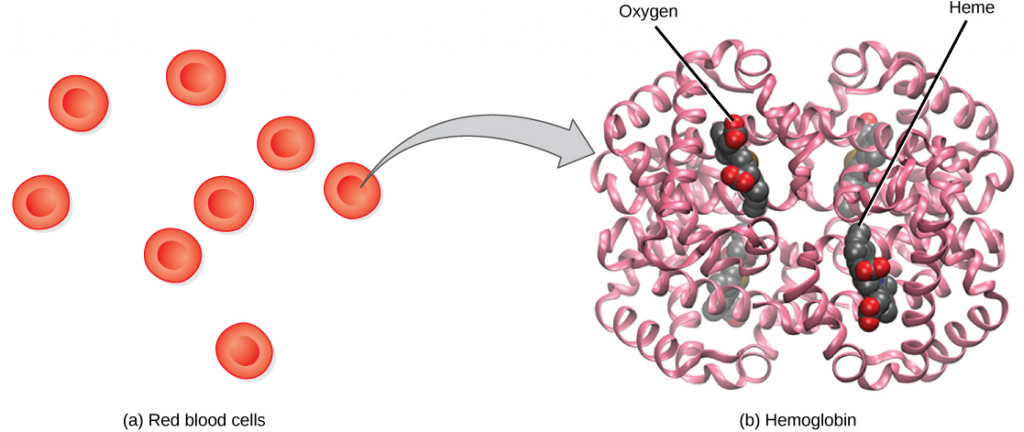
Internal Respiration
This process takes place in the cells of tissues to which oxygen is transported. In this process, first oxyhaemoglobin dissociates to give oxygen and then it is used to break down glucose into carbon dioxide, water and energy which is stored in the form of ATP.
\(Hb_4O_8 \rightarrow 4Hb + 4O_2\)
\(C_6H_{12}O_6 + O_2 \rightarrow 6CO_2 + 6H_2O + \text{ATP}\)
The CO2 released in the process is transported back to the lungs and is released into the atmosphere through expiration.
Due to it taking place at the cellular level, internal respiration is also called cellular respiration and tissue respiration.
Transport of Carbon Dioxide
The carbon dioxide produced after internal respiration is transported to the lungs for expelling out of the body through expiration, as it is toxic.
Carbon dioxide can be transported through three means:
- In the form of carbonic acid
- In the form of bicarbonates
- Through haemoglobin
In the form of Carbonic Acid
Carbon dioxide dissolves in the water present in plasma and RBCs to form carbonic acid (H2CO3). Only 5% – 7% of the carbon dioxide is transported as carbonic acid as it is unstable.
In the form of Bicarbonates
Carbon dioxide which is in the form of carbonic acid dissociates to form a hydrogen ion (H+) and a bicarbonate ion (HCO3). The bicarbonate ion combines with either sodium or potassium present in the blood, to form sodium bicarbonate or potassium bicarbonate; these are transported to the lungs.
Almost 70% of the carbon dioxide produced is transported to the lungs in this form.
Through Haemoglobin
Carbon dioxide and the amino group in haemoglobin form a complex caramino-haemoglobin compound. The reaction involved in this method is,
\(CO_2 + N-Hb-NH_2 \rightarrow Hb-NH-COOH\)
Around 20% – 25% the carbon dioxide produced is transported in this form to the lungs.
Harmful Conditions for Mechanism of Respiration
There are numerous conditions which are harmful for the mechanism of respiration, meaning that these conditions affect various processes involved in the mechanism like exchange of gases or transport of oxygen. Some of these harmful conditions are the following:
- Pneumonia: Inflammation of alveoli
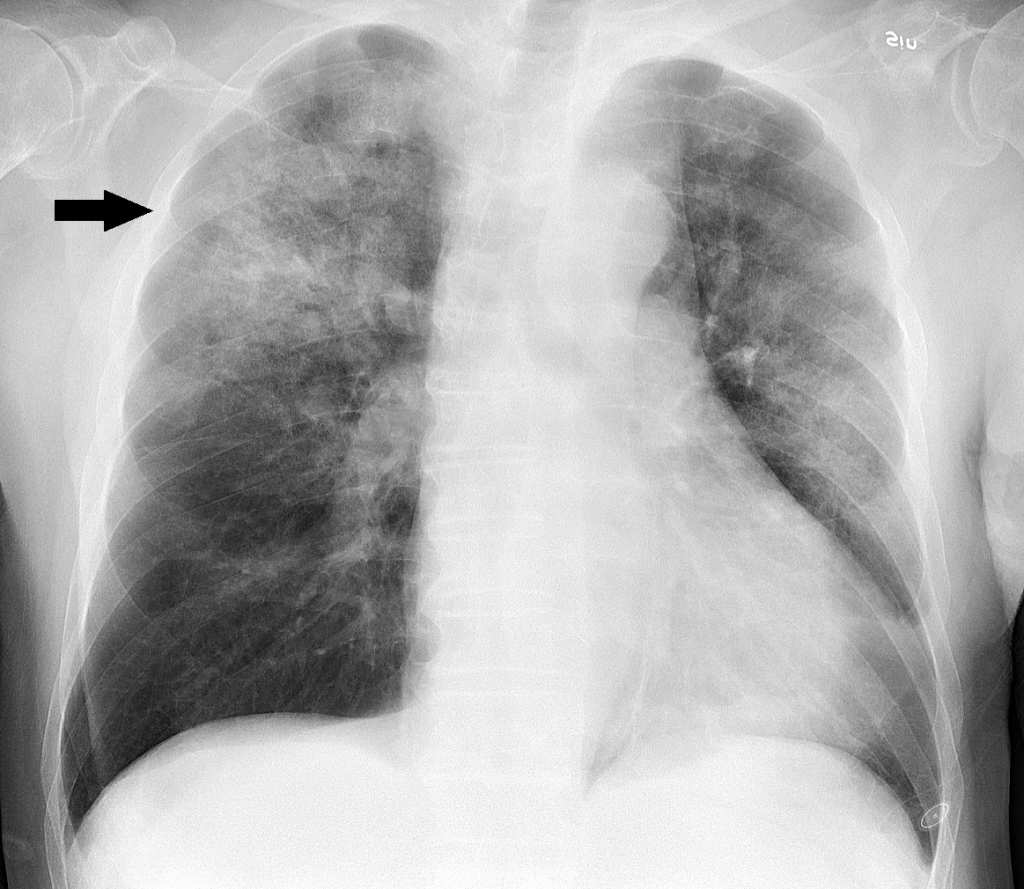
- Tuberculosis: Inflammation of lungs
- Emphysema: When links between alveoli are damaged
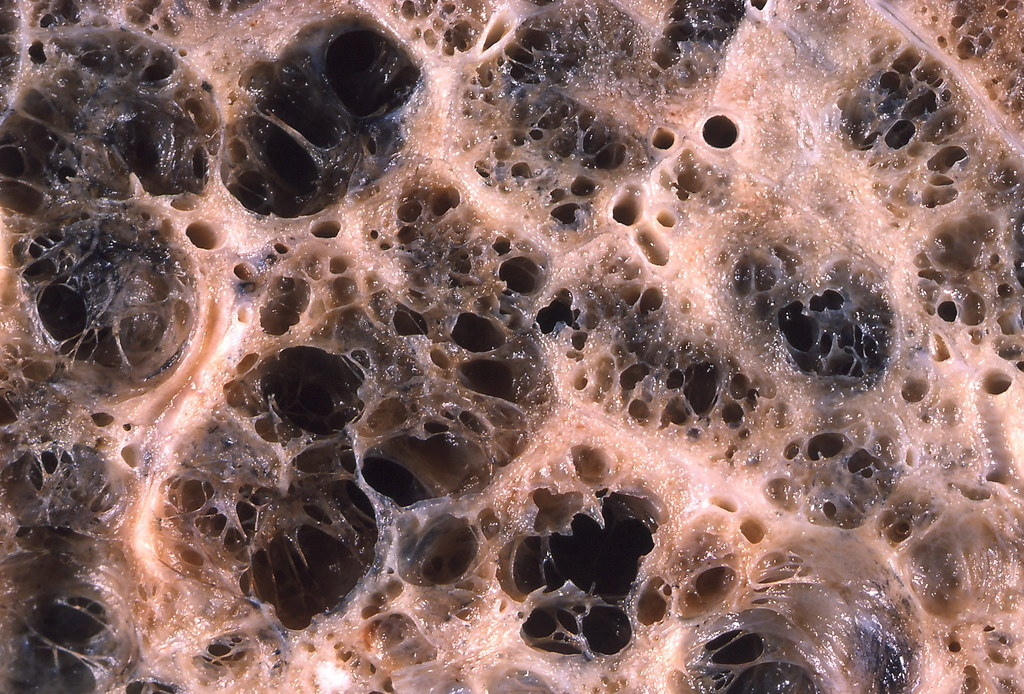
- Acute respiratory distress syndrome: Fluid builds up in alveoli and inhibits the exchange of gases from happening.
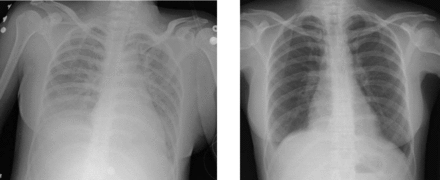
- Carbon monoxide: This forms a stable compound with haemoglobin called carboxyhemoglobin, which prevents it from transporting oxygen.
FAQs
The mechanism of respiration is a sequence of processes which occur in a living organism during respiration.
The processes or steps in the mechanism of respiration are:
1. Inspiration
2. Exchange of gases (or) external respiration
3. Transport of oxygen
4. Internal (or) cellular respiration
5. Transport of carbon dioxide
6. Expiration
Here, inspiration and expiration are physical processes which involve the expansion and contraction of muscles and the diaphragm.
The rest of the processes are not physical though, they involve the dissolution and transport of gases through chemicals in the blood and also chemical reactions which occur to produce energy.
The causes are explained below:
– Pneumonia: a bacteria called streptococcus pneumoniae.
– Tuberculosis: a bacteria called mycobacterium tuberculosis.
– Emphysema: smoking
– Acute respiratory distress syndrome: fluid leaking from small blood vessels into alveoli.
Exchange of gases takes place on the surface of alveoli present in the lungs. It happens through the process of diffusion, which takes place when there is a difference in the partial pressures of the gas in two media.
There are two different types of respiration, aerobic respiration and anaerobic respiration.
Aerobic respiration occurs when there is abundant oxygen being supplied to the cells. Here internal respiration takes place and the glucose present in the cell is completely broken down into CO2 and H2O.
Anaerobic respiration occurs in the absence of oxygen or when there is not enough oxygen being transported to the cells (like during exercise). Internal respiration here, takes place through a different reaction where glucose is only partly broken down into alcohol(fermentation) or lactic acid.
\(C_6H_{12}O_6 \rightarrow 2C_2H_5OH + 2CO_2 + \text{ATP} \,\, [\text{Fermentation}]\)
\(C_6H_{12}O_6 \rightarrow \text{Lactic acid} + CO_2 + \text{ATP}\)
In anaerobic respiration the respiration mechanism starts from internal respiration, as there is no need for oxygen in it, but the continuing mechanism is the same.

